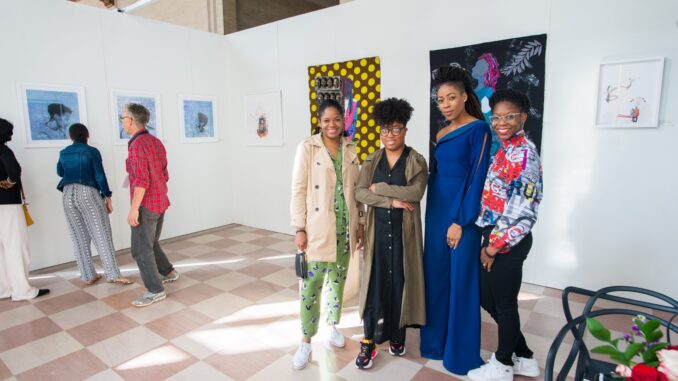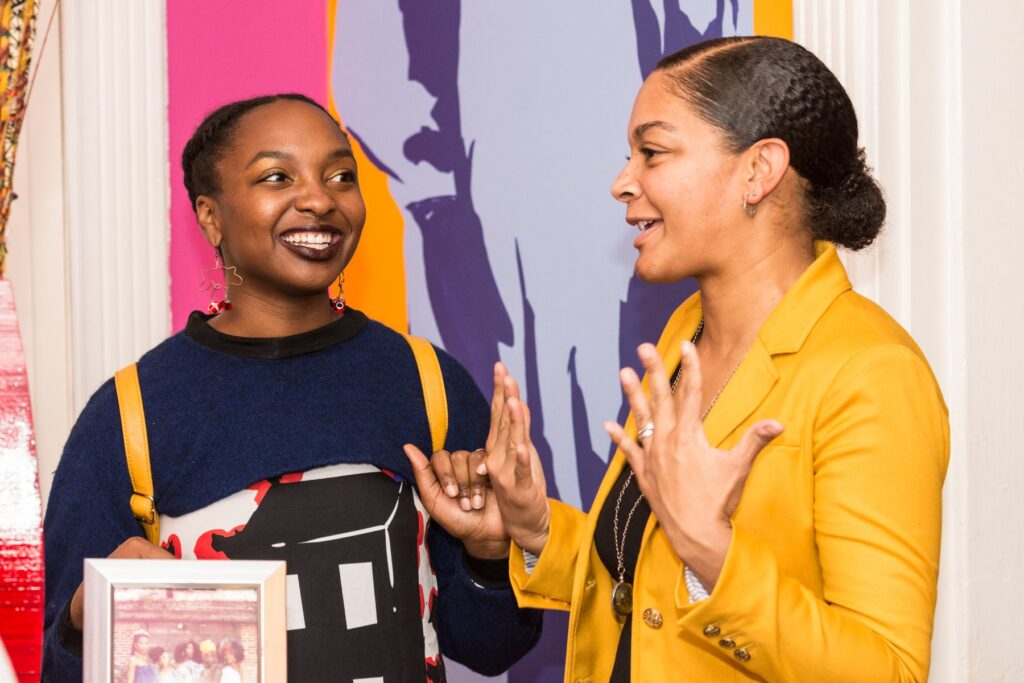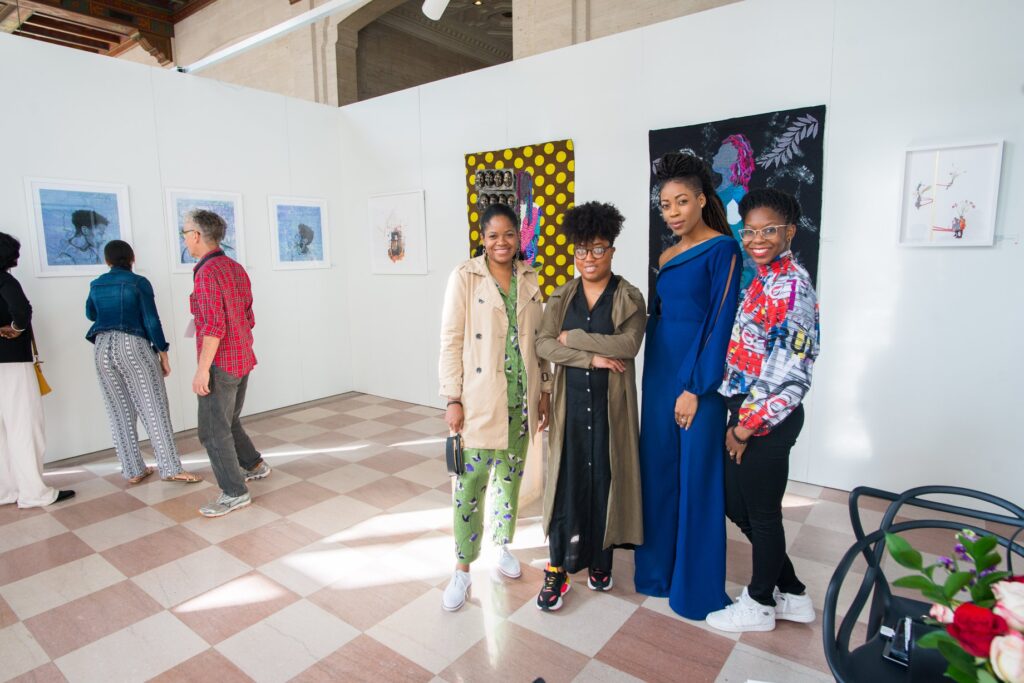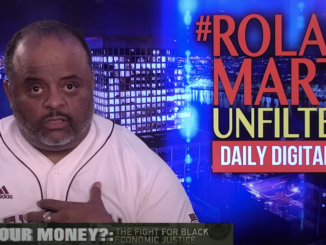
By Kiah Armstrong
NABJ Monitor
When visual artist Tiffany Latrice moved to Atlanta in 2014 in search of more opportunities, the door was continuously shut in her face. The problem was not her art or ability, she said. It was the fact that she was Black—and a woman, even in a city where Black people are the majority.
She saw the need for a space that would amplify stories of Black women artists by giving them the space to present their artwork. TILA Studios was born in 2016. The company grew after 2019 to include an agency program that gets Black women artists paid jobs and fellowships at establishments including one of the largest art festivals, Art Basel.
The instability of philanthropic funding in Black arts organizations in Atlanta convinced Latrice to run TILA Studios off a unique and rare model that people don’t normally see used in the Black arts community.
“Only a few top tier organizations were getting funding and I knew I would stay at the bottom, pretty much scraping for pennies if I was a non-profit model, so I am a for-profit organization,” Latrice says.
Non-profit arts organizations acquire their revenues from three sources; philanthropic contributions from private donors, earned income and direct government subsidies. Philanthropic contributions can come from a private organization or a private donor. When an arts organization needs grant money, they simply fill out an application that the private organization has put together and they will be granted or denied the money.
The process sounds easy, but the outcome is almost always the same for Black-owned arts organizations nationally—they get denied, says Heather Infantry, a fundraiser for several nonprofits. This can be discouraging, and many don’t bother applying a second time.
In May 2020, the frustration reached an all-time high as bystanders observed The Community Foundation of Greater Atlanta award $580,000 to 11 grantees— only one of them Black-led.

photo by Bowtie Photos
“We knew unequivocally how badly the pandemic was impacting Black people and so much of the impact of Black life at that point was the result of generations of inequity, socially and economically,” said Infantry, whose background in fundraising for arts and culture led her to address the issue on social media. She signed off for the day and when she logged back on, she had over 100 comments in response to the foundation’s discount of the Black arts community.
By the beginning of June, Infantry had gotten 30 Black arts organizations to sign a letter, addressed to the Community Foundation that addressed the 87% of its $15 million that they had allocated since their inception in 1993 that went to white-led organizations. Reason being—most Black organizations wouldn’t have made it past the application process.
“The application is not created with arts organizations and artists in mind. It is created with city, demographic and population requirements that really adheres to city council and governance,” Latrice says. When you create applications in that matter, you’re looking at it from a statistics standpoint and not actually a cultural production standpoint.”
She spent the previous day glancing over the non-profit application portal and was flabbergasted that it required applicants to share the percentages of ethnicities and sexualities within the nonprofit. As the founder of an inclusive organization, Latrice understands the diversity element but described this as intrusive and problematic.
“Instead of asking those questions regarding sexuality and gender, I would ask questions about how the organization is approaching diversity in written form rather than clicking a percentage box,” Latrice said. “They’re not asking about how what you’re doing is generating impact in the community and increasing the sustainability of livelihood, which is what most Black organizations are doing.”
Pap Martin, founder and operator of Kidds Dance Project, applied for a grant through Metropolitan Atlanta Arts, which is overseen by the foundation, many years ago and was denied.
“The number one reason that I got turned down was because I didn’t have any full-time staff,” Martin says. “Many of the smaller nonprofits, they just don’t have the funds to pay somebody to be on staff.”

photo by John Stephens
After Infantry initiated a virtual town hall meeting with 70 Black-led arts organizations, the Community Foundation revised the application by removing hurdles such as an audited financial review, which can cost between $5,000 and $7,000.
“Black communities haven’t earned wealth at the same pace as their white counterparts so philanthropy in the Black community is much different than it is in the white community,” said Infantry. “The culture of how they give to arts and culture is not a model of our own.”
Following the town hall meeting, the Community Foundation awarded $1.15 million to 28 Black arts organizations, most of which had been denied grant money in the first round. Martin and her Kidds Dance Project received $15,000, which allowed her to keep programs that she would have lost.
It’s a step in the right direction, but Infantry says she would like to see more.
“To me, racial equity is not what you come and do in the little poor communities,” Infantry said. “It’s about including Black performers and creatives to be a part of these productions.”




Be the first to comment